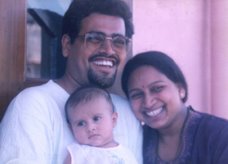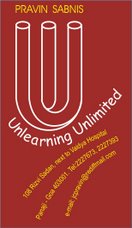A wise man
was renowned for his ability to answer any and every question posed to him. A bright
young man decided to challenge him. He held a small bird behind his back and
asked, ‘Master, is the bird I hold in my hands alive or dead?’
Obviously,
he had plans for the response that he would receive. If the wise one answered ‘dead’,
the bird would be let loose into the air. If the answer were to be ‘alive’, he
would simply wring its neck and turn it dead. The sage spoke, ‘The answer is in
your hands’.
Our choices determine the implications.
Hence true wisdom is about recognizing that the answers lie within. But it is
pertinent to note that the answers are triggers for actions. We can choose to
kill the question or set it free to take flight towards a widening horizon. Life
is eventually about how we choose to respond to the situation.
Too often, too many of us
retreat into a position where we believe that our choices are not in our hands.
We transfer our responsibilities, and their implications, to other hands. We
give up on self-belief and weaken our self-esteem. To better at taking
appropriate action, we must claim ownership of the choices we make from the
ones that lie in our hands.
A song from the Hindi film, Prahaar said it so well that ‘hamari hi muthi mein aakash sara… jab bhi khulegi chamkega taara’. (it is
our fist that holds the sky… when it opens, the star shall shine)
- Pravin K. Sabnis


